Humerus is the Humerus, one of the strongest bones of the upper extremities. Nerves and blood vessels run along the humerus and numerous muscles have their sinewy attachment here. Despite its enormous stability, fractures in the humerus are not uncommon.
What is the humerus?
Humerus or Os humeri (bone of the humerus) is the Latin name for the Humerus. It is one of the strongest long bones in the human body and the longest bone in the arm.
A long bone is - as the name suggests - structured like a tube. Inside it has a kind of canal in which bone marrow is located. On the outside it is enveloped by the periosteum.
Anatomy & structure
The humerus belongs to the tubular or long bones (Ossa longa). It consists of three parts, the upper and lower end (epiphyses) and the shaft (diaphysis).
At the top is the head of the bone (Caput humeri). It is hemispherical and lies in the socket of the shoulder joint. Next to the head are two protruding bones, a larger one (Greater tuberosity) and a smaller one (Lesser tuberosity). The large muscles of the upper arm attach to these two bone regions. The neck (collum) of the humerus joins the head in the direction of the shaft. A distinction is made here between two regions. Of the Collum anatomicum anatomically separates the head from the shaft and serves as an attachment point for the shoulder joint capsule. The term Collum chirurgicum refers to the area that is particularly prone to breakage.The shaft of the humerus has three surfaces: anterior lateral, anterior center, and posterior. This also creates three edges. Both the surfaces and the edges serve as starting points for muscles. In the longitudinal direction of the shaft there is a groove in which the radial nerve and an artery of the arm run. The lower end of the humerus has two bony protrusions on the sides, the epicondyles, between which the cartilage roll is located.
Function & tasks
The humerus connects the shoulder to the forearm. The head of the humerus (caput humeri), together with the collarbone (clavicula) and the shoulder blade (scapula), form the shoulder joint, one of the most complex joints in the human body. In the caudal direction, i.e. downwards, the humerus connects with the ulna and radius to form the elbow joint.
This in turn consists of three individual joints. The humeroulnar joint is formed with the upper arm roll of the humerus (trochlea humeri) and the ulna, the humeroradial joint with the head of the humerus (capitulum humeri) and the head of the radius (caput radii).
The humerus is not involved in the third part of the elbow joint; only the ulna and radius meet here. There are numerous attachment points for muscles on the humerus. The shoulder muscles run from the shoulder blade to the top of the humerus. Part of this musculature is the so-called rotator cuff.
It stabilizes the joint and holds the head of the humerus in the shoulder joint socket. It also enables the arm to be rotated, inward and outward, as well as spreading. Further muscle attachment surfaces are located on the shaft of the humerus and at the lower end. Since the humerus connects the shoulder and forearm, the interaction of the various muscles also enables the forearm to move.
Illnesses & ailments
The humerus is a very stable bone and can withstand some stress. However, it can break if it is subjected to greater or sudden force. A common injury is the proximal humerus fracture. This is a break in the upper part of the bone near the body.
It mostly affects older people who suffer from osteoporosis, a disease in which the bone substance loses its stability. This injury is also known as an indicator fracture, which means that the break is an indication of the condition osteoporosis.
Most older women are affected by a proximal humerus fracture. During a fall, the arm is instinctively stretched out to catch the fall, putting the full force of the weight on the humerus. It is not uncommon for a compression fracture to occur on the collum chirurgicum, but fractures are also possible directly on the humeral head or on the protruding bones.
The distal humerus fracture, on the other hand, takes place at the lower end of the bone. A distinction is made as to whether only the humerus or parts of the elbow joint are broken.
If the shaft is affected by a fracture, doctors call this a humeral shaft fracture. These fractures are caused by extreme force applied to the arm from the side, either by a blow or in a traffic accident by a side impact. Often this type of injury also affects nerves, vessels, muscles or tendons that attach to or run along the bone.
In the case of complex damage to the humerus and its surrounding structures, timely restoration is essential. Comminuted or torsional fractures must be treated surgically because they must be set up and fixed.
In addition to fractures, tennis elbow (epicondylitis humeri radialis) is one of the most common diseases of the humerus. The tendon attachment of the extensor muscles of the forearm located on the humerus becomes inflamed.
On the other hand, golfers' elbows (epicondylitis humeri ulnaris), which occur much less frequently, arise when the tendons of the flexor muscles become inflamed. Both diseases manifest themselves with pain in the elbow area, which can radiate into the upper or lower arm.
When the top of the upper arm bone slips out of the shoulder joint, this is known as dislocating the shoulder (shoulder dislocation). This often happens during sports or accidents.


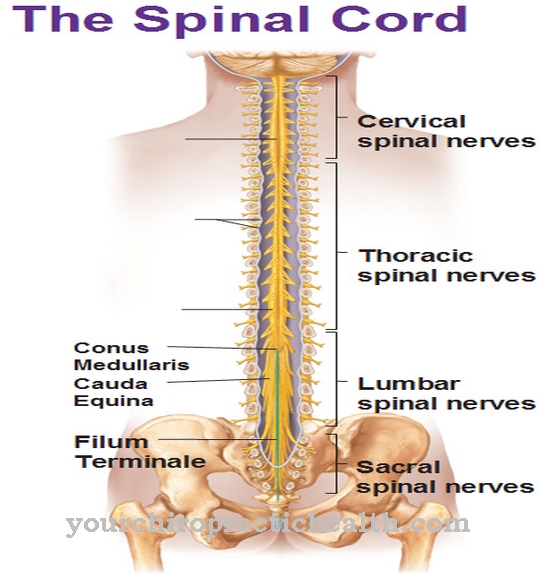
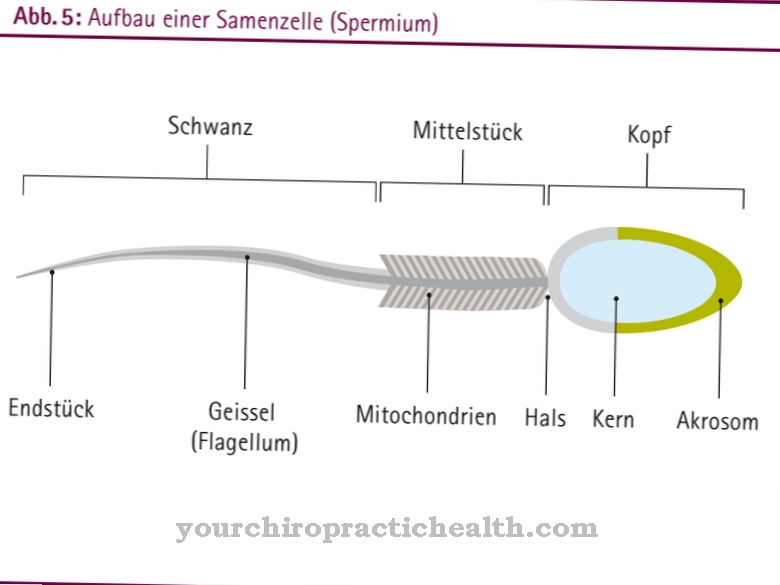
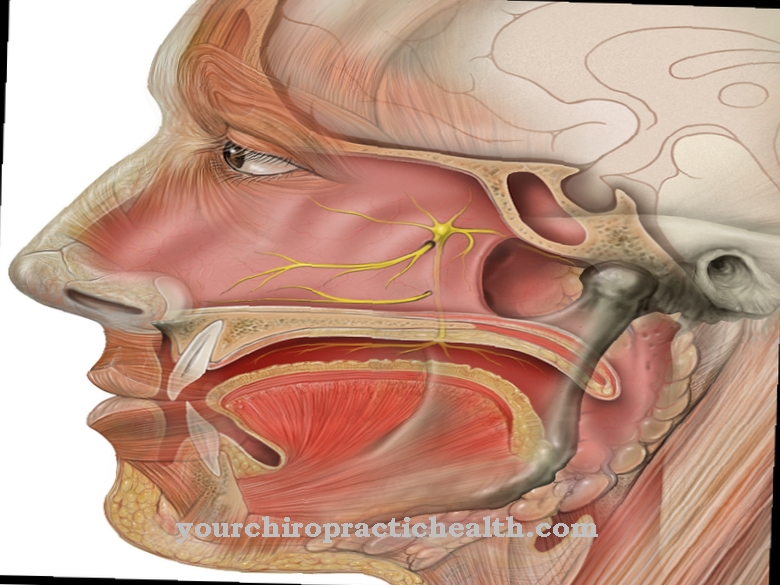
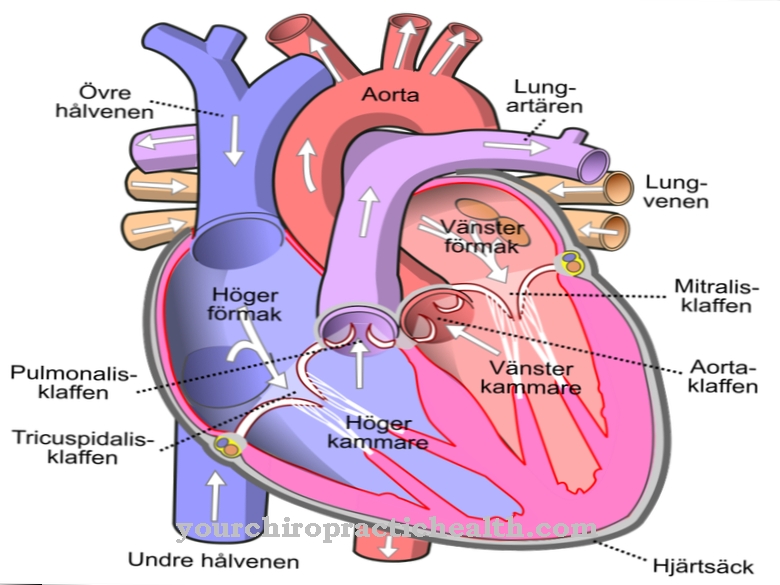
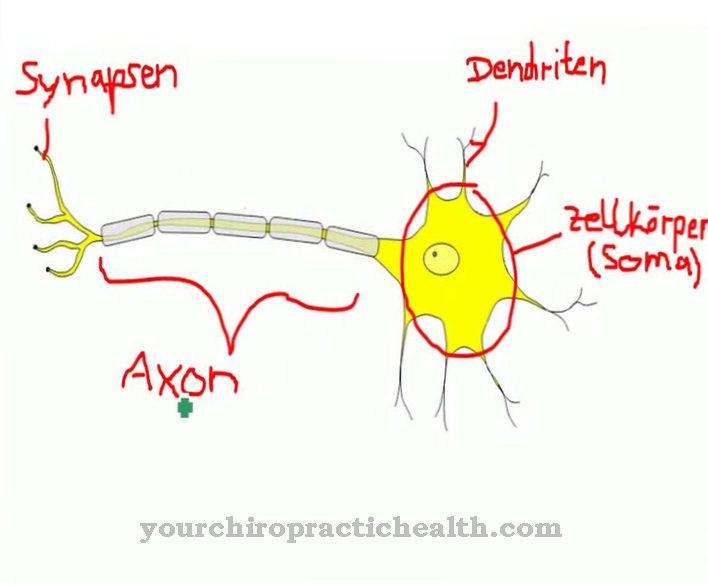





.jpg)



.jpg)










.jpg)
